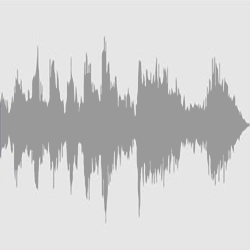Do they really need community radio? Survey of community media audiences in western Hungary (Thematic stream: „Researching Community Media Audiences”)
Abstract: In Hungary there are only a few cases of researching audiences of community radio stations. In 2006-2008 the presenter did embark on a research project to study the audiences of two small stations operating in western Hungary in the twons of Celldömölk and Őriszentpéter, both sharing a disadvantaged status in the economy at that time, despite their cultural and touristic attractions. The local media landscape of Celldömölk, includes Radio Cell,s local TV and local biweekly paper, where Őriszentpéter has just the community radio station Triangulum Radio. The aim of the quantitative research was to understand the connection between the radio and their audiences as the habitants of this region have strong emotional relation to “our radio” and get to know further information on how they see the role of the stations in their towns, what kind of programmes they prefer, and what kind of reason and aim they assign to a community radio. Questionnaires were used to collect data about the audience’s gender, age, qualification, occupation. Among other things, the finding pointed out that the audiences placed music and entertainment at the top of their priorities, with a wish to remake the only local radio stations into a more commercial and mainstream-oriented stations, even though the local character of the stations was also highly ranked by the interviewees. The presentation will discuss these findings more in detail, positioning these practices in the wider context of the Hungarian Community Radio scene.










